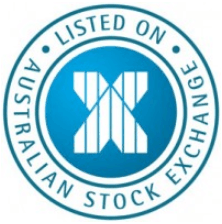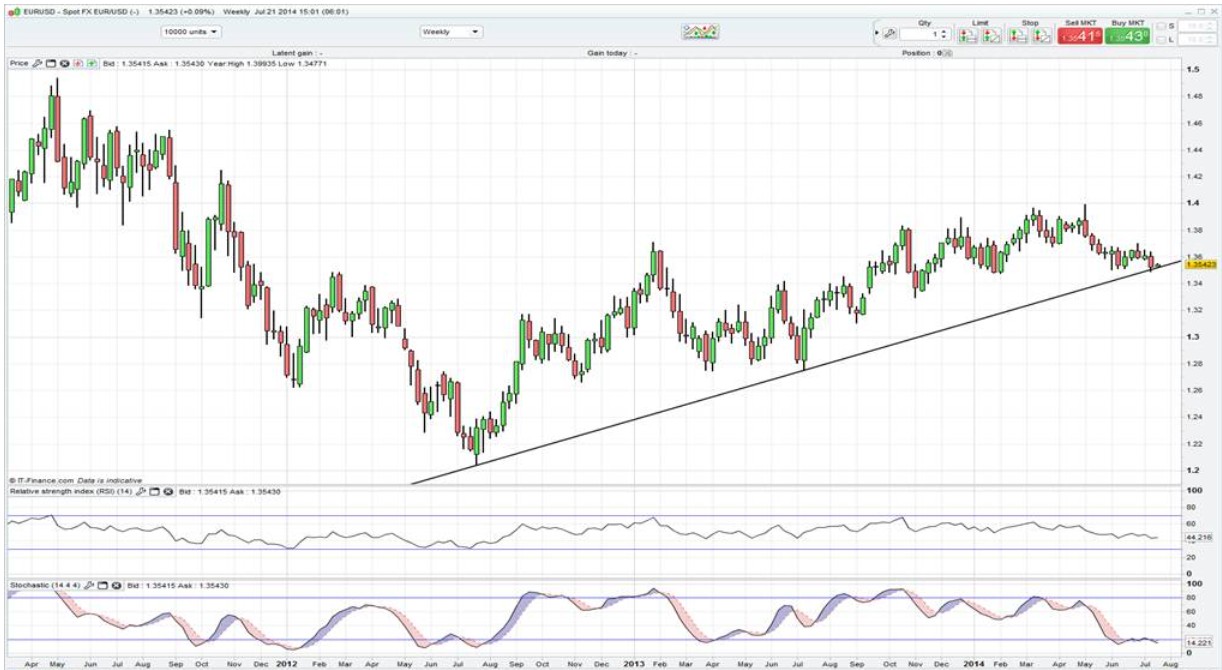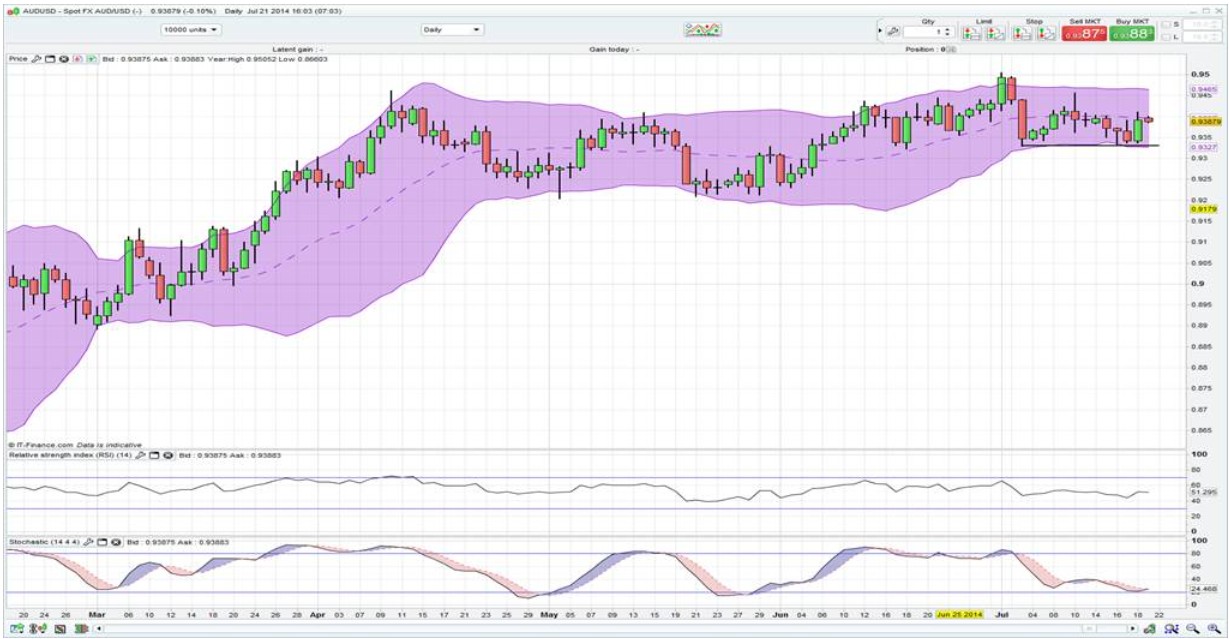
Weekend news flow has centred predominately on geo-political events and while clarity and answers have been hard to come by markets have opened on a fairly sanguine note.
The search for answers about flight MH17 will continue, and as such, Russian assets will remain out of favour, but judging by price action on Friday and today’s economic data, corporate earnings could be the bigger driver of markets.
Developed market bonds stole the limelight last week and the depressed long end of the curve is still one reason why USD bulls can’t go significantly overweight on the currency. Traders can also look ultra-short-term at one-month T-Bills, which are yielding one basis point, and it will be interesting to see if we can see negative yields and traders effectively paying the US Treasury for the right to hold their money. The next two weeks will be very important for the inflation with headline inflation and core CPI (consumer price index) due on Tuesday, although the annualised rate is not expected to change. However judging by flows into inflation protected bond ETF’s (exchange trade funds) you’d believe that someone is expecting to see higher inflation.
The following week will see average hourly earnings (as part of the monthly payrolls report), while on the same day we get the Federal Reserve’s preferred inflation read in personal consumption expenditure (PCE deflator). This inflation read looks at a much more broad measure of household costs than that of CPI and as a result it generally has a lag effect. On July 31 we get the employee cost index (ECI), which as mentioned in prior reports could be a key input in the coming months if the Fed are going to lose the view that the recent trend in inflation is simply ‘noise’. It’s from here that the dynamics within all markets could change.
Asia has got off on a flat note today, but the ASX 200 is threatening to break through the multi-month ceiling of 5550, and judging by a number of trend and momentum indicators, looks good for further upside. Pullbacks are being nicely supported, although a close through the 20-day moving at 5478 would suggest being a little more cautious. This is in-line with the S&P 500 where the index is still firmly holding the April uptrend, so as long as the bulls are in control of the S&P 500 then other developed markets should toe the line.
A big week of earnings in the US
US earnings should support as well, with trader-favourites Netflix, Apple, Microsoft, Caterpillar, Visa and Facebook due to report this week. Crunching the numbers, thus far we have seen 16% of S&P firms report Q2 earnings, with 76% beating on earnings per share (EPS) and 69% on sales. While there is still some way to go, we have seen 9.6% aggregate EPS, which is around four percentage points above the analysts forecast for the whole earnings season. Shorting markets while earnings season is underway and while the trend is up seems tough in my opinion, so I would potentially stay long until we see evidence that the bears have a more dominant footing.
Earnings also really ramp up next week in both Australia and Japan, however for this week the two key events (predominately for currency and rates traders) will be Australia’s Q2 CPI and the Reserve Bank of New Zealand (RBNZ) central bank meeting. Understanding market pricing is essential around these events. With an 86% probability of the RBNZ hiking at this meeting and potentially raising the cash rate a further two times over the coming year, one gets the impression that the upside risks from rate hikes are baked in.
Australia’s Q2 CPI could drive AUD flows
In Australia the market expects trimmed mean inflation to increase at an annualised rate of 2.7%, which is towards the upper end of the RBA’s target. With the market pricing in a 60% probability of a cut from the bank this year this should mitigate much of the downside. Glenn Stevens also speaks tomorrow and we may see a slight down move in the AUD as traders position for more jawboning from the RBA governor.
With the 20-day moving average on AUD/USD moving sideways I would potentially be playing a range two standard deviations either side of this average this week at 0.9327 to 0.9465. I also potentially like buying dips in AUD/NZD towards 1.0765 (just above the 38.2% retracement of the recent rally from 1.0623 to 1.0825 for a move back up to 1.10 in the coming weeks.
Elsewhere, EUR/USD is getting a fair bit of attention after testing the 1.35 level last week. The uptrend drawn from the 2012 low has been respected once again at the figure, so this suggests EUR/USD is at a fairly key juncture. I’d be watching price action very closely from here, but potentially favour selling rallies in the pair closer to 1.3590 – just prior to the May downtrend. Good European PMI data this week could push the pair closer to this level.
(weekly chart of EUR/USD)

Ahead of the European open we are calling the FTSE at 6759 +10, DAX 9725 +5, CAC 4342 +7, IBEX 10546 +19 and MIB 20767 +30
